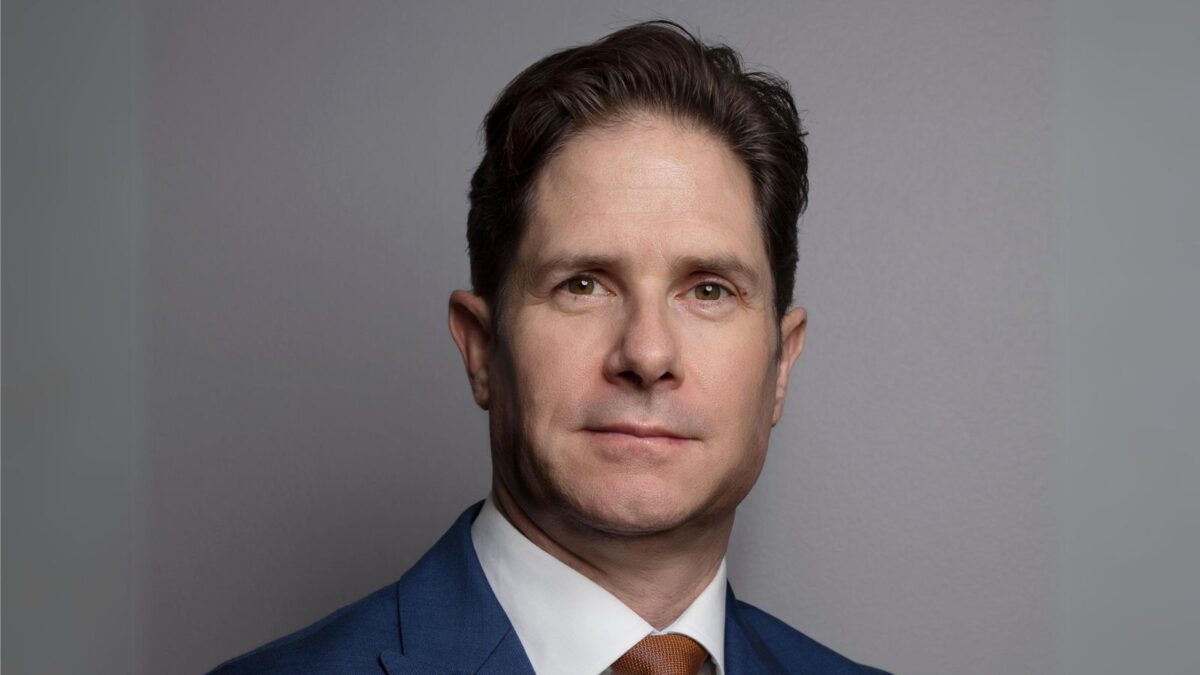Rethink or restructure – plotting the future of fixed income
According to research the Australian bond market is in the midst of its worst year of returns since 1994, currently sitting on a capital loss of 3.1 per cent. Headlines harking back to the ‘great bond massacre’ which occurred some 25 years ago continue to grow, which according to EPFR has seen some $890 million flow from the 58 bond funds they track.
It is clear that one of the most important influences on bond yields and therefore the performance of traditional fixed income assets is inflation, and more so inflation expectations. The boom in passive investing combined with global governments running significant deficits, means the length of bond issues has extended, as has their duration risk.
So, what is the solution to a fixed income allocation that has delivered equity like returns for close to a decade? Ultimately, it depends on your outlook for inflation.
In a recent update, global asset manager Neuberger Berman made the bold statement that ‘this time is different’. They weren’t commenting on the value of equity markets, but rather a potential shift in the narrative and paradigm of investment markets in the decades to come.
“If you’re under 50 years old as a participant in developed markets, you haven’t experience much in the way of inflation” says Brad Tank, Chief Investment Officer of the Fixed Income Team. Talk of stagflation due to the backdrop of higher energy prices and logistics bottlenecks is causing many to look back at the ‘inflation playbooks’ in an effort to work out what’s next.
Whilst the majority of attention is being paid to the short-term, and whether the headline price spikes are likely to be ‘transitory’ or not, Neuberger has flagged four reasons why the circa 30 years of low or no inflation is likely to be coming to an end.
The first such reason is decarbonisation and its impact on energy prices. Despite renewable energy being among the cheapest to produce, it requires a rethink of the energy distribution structure and with the low carbon transition likely to mean that energy costs will ‘rise structurally for the first time ever’.
Tank highlights that apart from a short period in the 1970s, real energy prices fell steadily until the turn of the century, but the “urgency of climate change likely spells a definitive end to what has been a 120-year downward trend.”
Similarly, another paradigm shift is occurring in China, which for decades had been ‘exporting disinflation’ to the rest of the world. According to more recent census data, the population is now “clearly ageing, barely growing and as urbanised as it will ever be”. To Neuberger “it appears that China will no longer be the low-cost workshop to the world, but the high-tech workshop for itself.”
Continuing, he highlights the growing politicisation of global central banks, which now prioritise social goals over price stability, as another potential contributor to higher prices.
Finally, is the well-publicised issues facing the global supply chain where the cost of transporting a container have increased tenfold in 12 months. By no means do they suggest that the experience will last forever, rather they highlight strategic changes that management teams are making, including relocating supply chains, as marginally increasing the cost of all goods and services.
A significant amount of capital has flooded into passive long duration strategies in recent years, however, with this paradigm shift ahead, the question advisers should be asking is whether it is time to rethink or restructure fixed income allocations with a view to lower duration strategies that seek opportunities in relative value, credit spreads and fundamental analysis.










